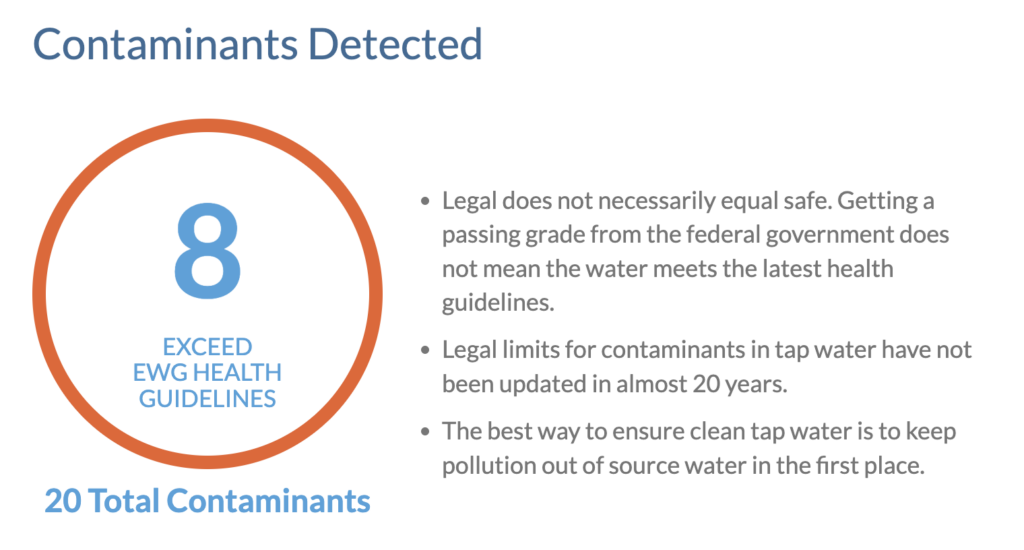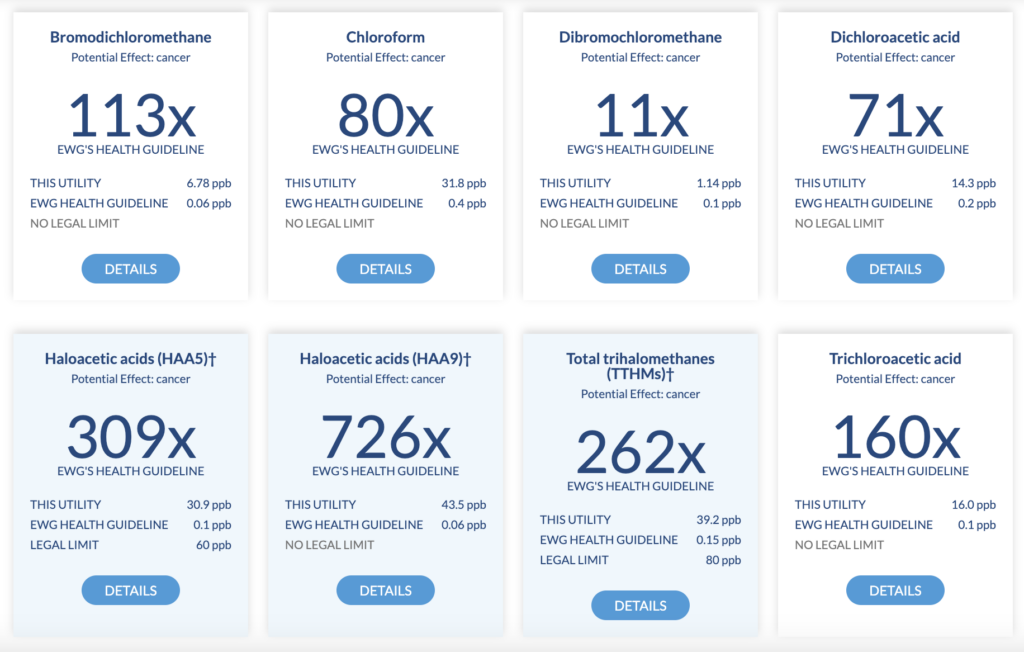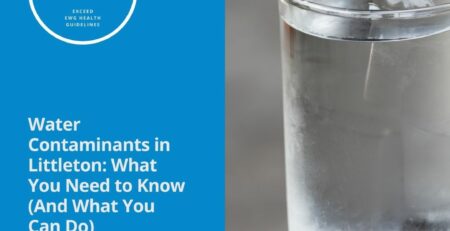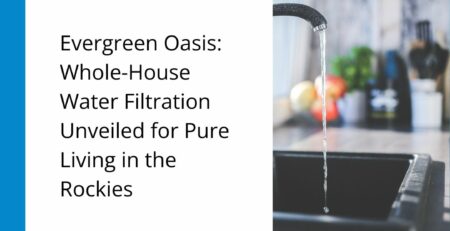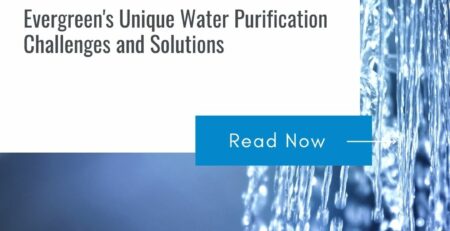Water quality is a vital concern for the residents of Breckenridge, Colorado. In accordance with the EWG Health Guidelines, several contaminants have been identified in the local water supply. In this article, we will provide a concise description of each contaminant, shedding light on their potential health implications and sources. Understanding these contaminants will help residents make informed decisions about their drinking water.
Barium:
Originating from rocks and soil, barium is a naturally occurring element. High levels of barium can pose risks to the heart, kidneys, and nervous system. Monitoring barium levels is essential to maintain optimal water quality and protect human health.
Chromium (hexavalent):
Hexavalent chromium, a known carcinogen, can be found in industrial emissions and may contaminate water through soil polluted by industrial waste. Ongoing efforts are necessary to prevent its introduction into the water supply and mitigate associated health risks.
Fluoride:
Fluoride is a naturally occurring mineral added to drinking water in various countries to combat tooth decay. However, excessive fluoride levels, especially for children, can be detrimental to health. Balancing the benefits of dental health with potential risks is crucial.
Hexachlorobenzene (HCB):
Formerly used as an industrial solvent, HCB is now banned in most countries. Despite this, traces can still be found in the environment, including drinking water. Continuous monitoring and remediation measures are vital to ensure safe water quality.
Monobromoacetic acid:
Formed as a disinfection byproduct during water treatment, monobromoacetic acid’s presence in Breckenridge’s water supply is currently not known to be harmful at the detected levels. Ongoing water quality monitoring will ensure any changes are addressed promptly.
Monochloroacetic acid:
Similar to monobromoacetic acid, monochloroacetic acid is a disinfection byproduct resulting from water treatment. At the levels found in Breckenridge’s water supply, it is not known to be harmful. Continued vigilance in water quality monitoring is essential.
Nitrate:
Naturally occurring and also found in fertilizers, nitrate can pose risks when present in high concentrations in drinking water, particularly for infants under six months old. Regular testing and proper water treatment can minimize nitrate levels, ensuring the safety of vulnerable populations.
Radium:
Radium, a radioactive element found in rocks and soil, can seep into groundwater, potentially contaminating drinking water. Elevated radium levels can harm bone health and increase the risk of cancer. Rigorous monitoring and mitigation strategies are necessary to safeguard public health.
The EWG Health Guidelines provide valuable insights into the contaminants found in Breckenridge’s water supply. While most contaminants are within safe limits, it is crucial to remain vigilant and prioritize ongoing monitoring. Collaborative efforts between regulatory authorities, water treatment facilities, and residents can ensure a safe and reliable drinking water supply for the community. Stay informed, engage in water quality discussions, and work together towards a healthier future for Breckenridge.
Breckenridge residents, it’s time to take control of the water quality in your own homes! Don’t settle for anything less than clean, pure water for you and your family. Colorado Water Purification is here to provide you with top-of-the-line water filtration systems that will ensure the safety and quality of your drinking water.


